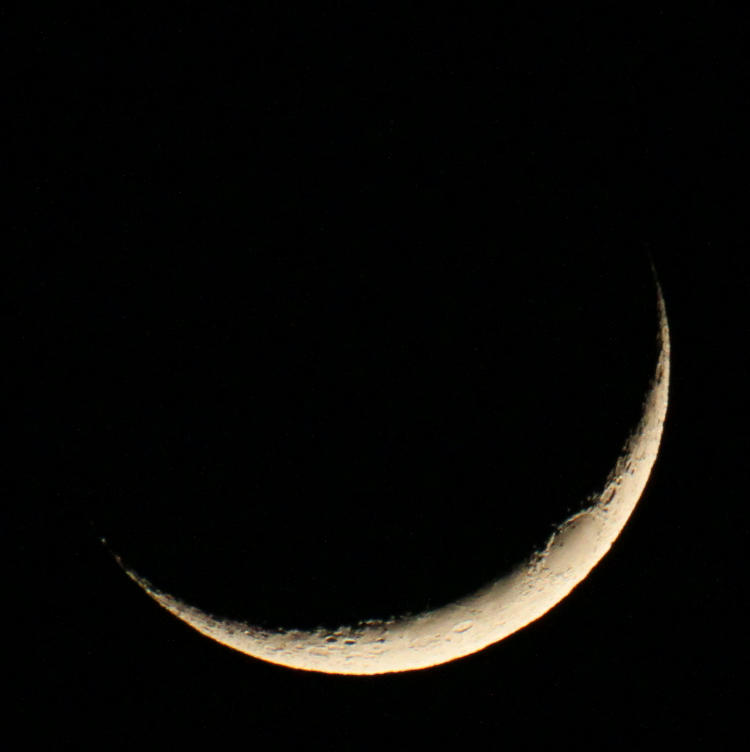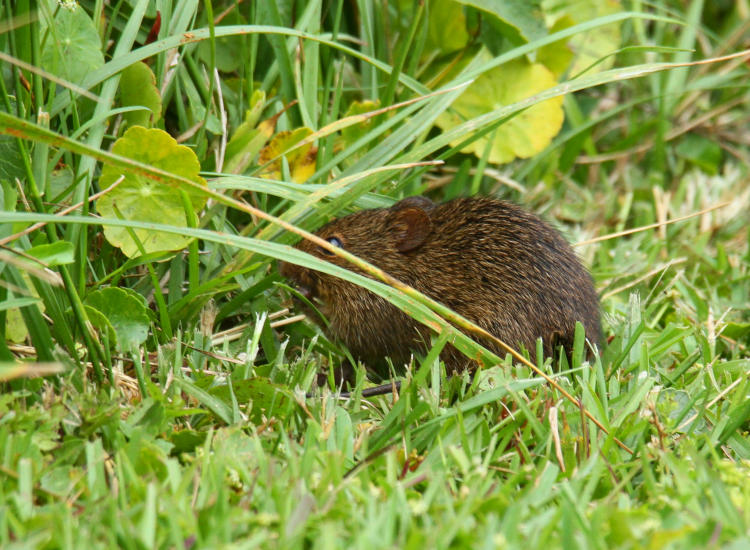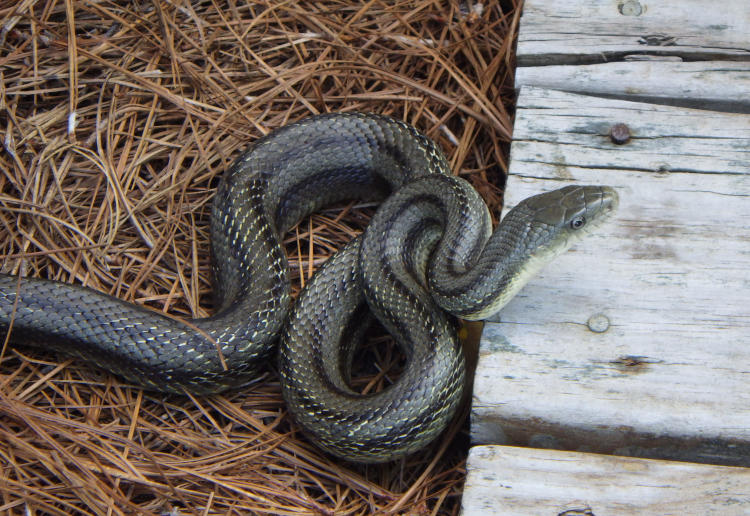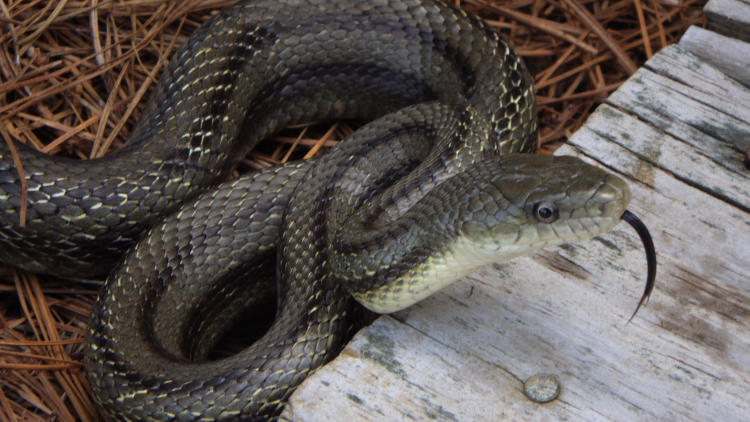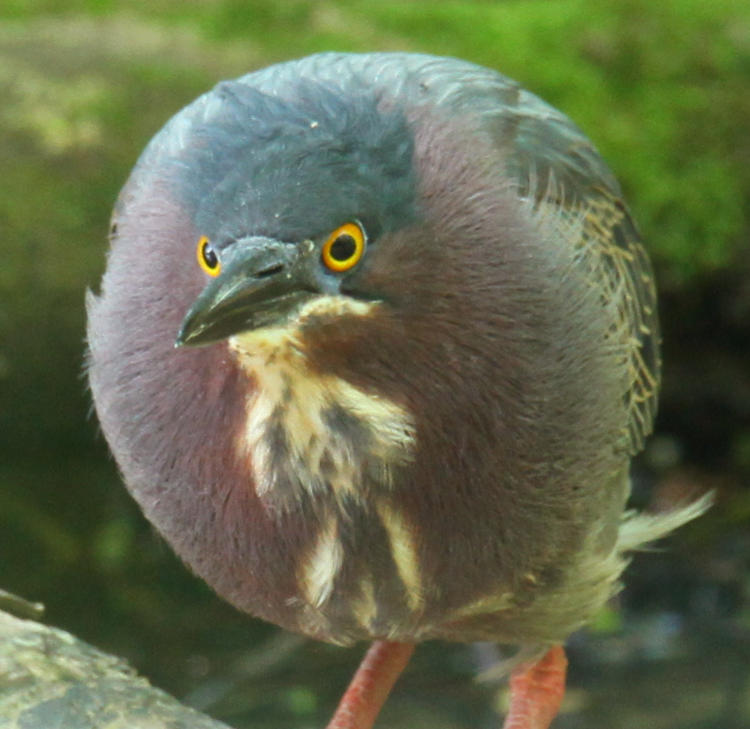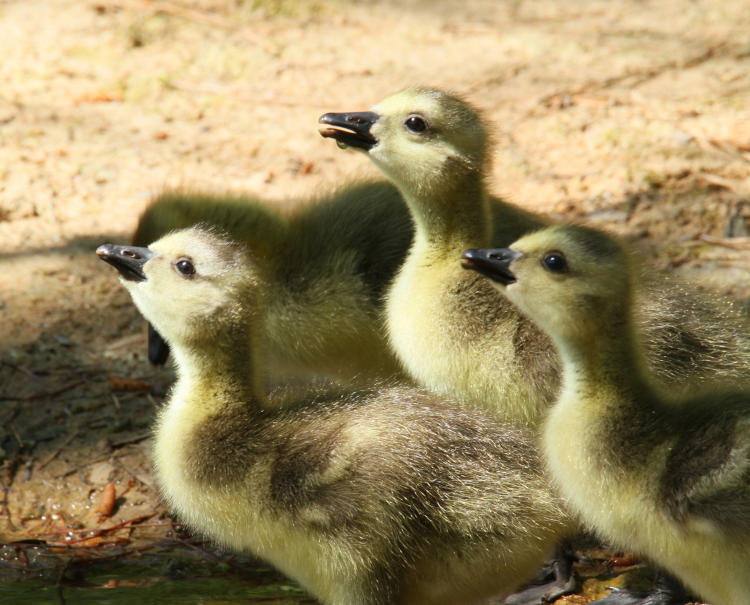Tuesday of last week, out at North Topsail Beach, was a day of widely varied conditions. I was up and on the beach itself for sunrise, but it was a waste of time, the horizon being entirely clouded over even while the upper reaches weren’t too bad. Worse, the spray coming off the ocean was so thick that my glasses became coated with salt, rendering my vision so bad that I couldn’t be sure the camera was even focused; it was akin to first waking up and your eyes haven’t cleared yet, but no amount of reflexive blinking was improving matters. On taking the kayaks out (after cleaning the glasses, for the first time anyway,) the wind was a bit stiff and had to be fought against when facing that way, and the sky remained resolutely blerk.

That’s me, and the green thing on my arm is the case for the waterproof Ricoh, when it isn’t in the hands of one of our friends like it is here – keeps it handy (the case I mean,) because believe me, rooting in pockets while in a kayak doesn’t work well.
And the wind’s blowing my shirt around; I’m not that fat. Asshole.
The military aircraft, quiescent through the weekend, had started their maneuvers on Monday and made their occasional low passes like before, punctuated by ‘artillery’ rounds a few kilometers off at the practice landing zone north of the island, which occasionally produced a nice little mushroom cloud like a departing magician.
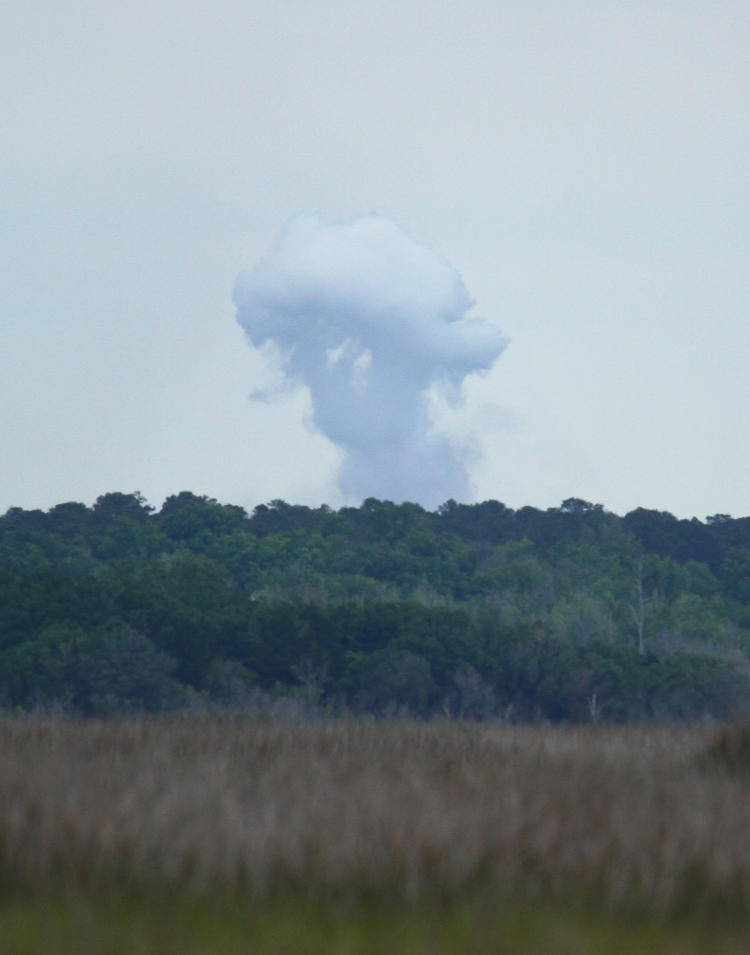
My hair is not falling out, or any faster than normal anyway, so I’m tentatively considering this an inert practice round.
On coming back along the dock/walkway, one of the marsh crabs was venturing out in the afternoon, which is rare since they’re primarily nocturnal. I had encountered them the first night, even scooping one up for a momentary close inspection, but thereafter they made themselves scarce, so this is the best I have from this trip.

I’m reasonably certain this is a squareback marsh crab (Armases cinereum, changed from Sesarma cinereum since the last time I featured them,) and they live in those burrows by day. All subsequent nights, I could only find them in a similar position in the doorways, not venturing out across the boards, pilings, and marsh plants like previously. Were they that affected by the temperatures (which dropped into the teens or lower at night – that’s celsius, by the way)? Can’t say – crabs are not my specialty. Nothing else is either.
But as the day wore on, the clouds thinned a bit, in late afternoon presenting a nice solar filter that allowed the sun to be viewed, and photographed, directly.
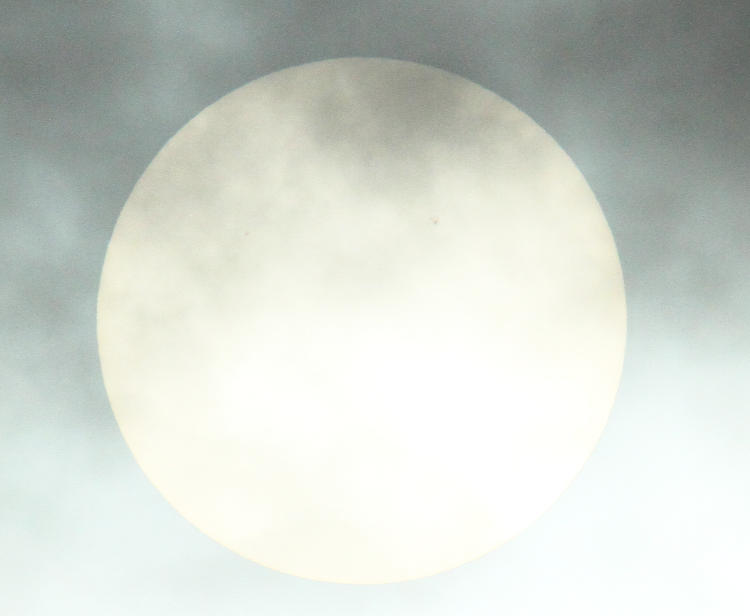
I mentioned to our friends that these were ideal conditions to see sunspots, should they exist, and sure enough, there are two patches visible, if you look close, in the upper quadrants where you might expect eyes. Tiny, tiny eyes, like manatees.
Moreover, the sun dropped out from beneath the cloud cover right at sunset, allowing for some nice views and colors, raising hopes that the following day would be decent despite the forecasts.
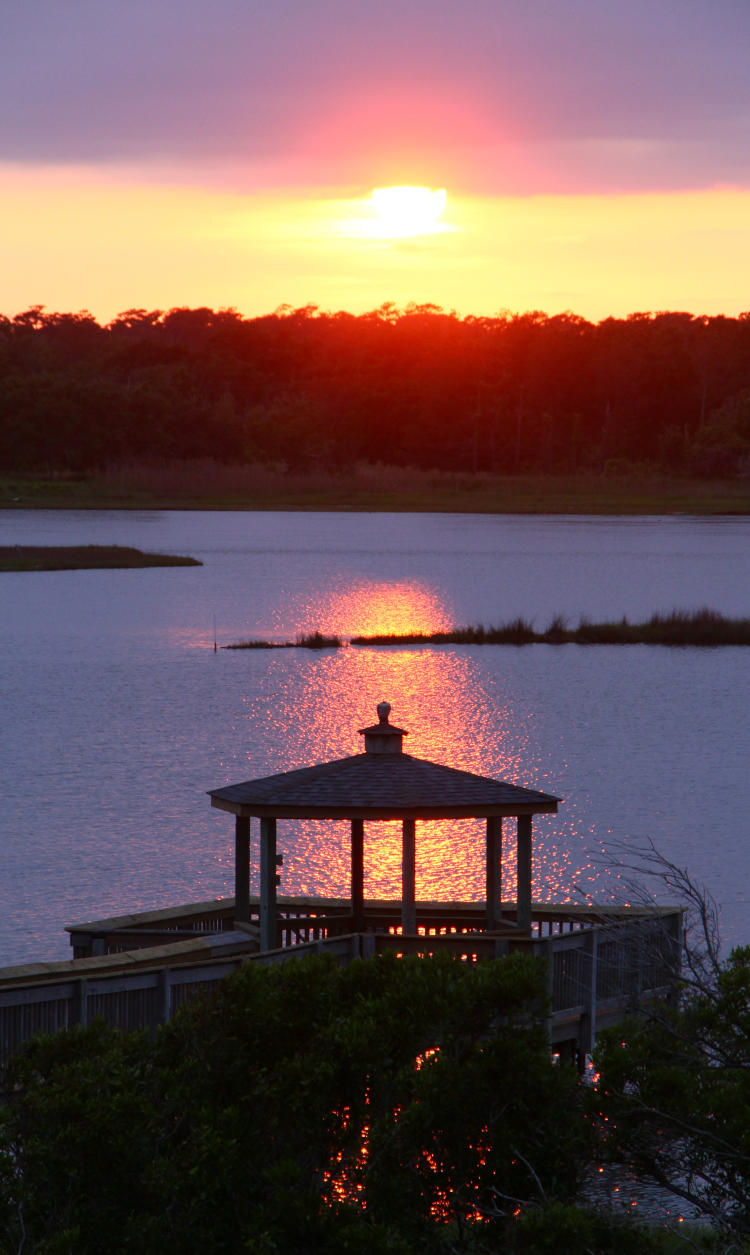
That’s the shared dock and gazebo of the property, used among eleven condos I think, but most of those were unoccupied so it never got crowded or anything, and there was no one else around most of the times we put the kayaks in. This exposure is ‘normal,’ which doesn’t have a lot of meaning because the camera tries for a middle tone and the image certainly appears darker than it did to our eyes, but at least the patches of deeper sky and treeline helped balance out the brightness of the sun. Without them, the exposure would have been even darker as the camera tried to make the sun a ‘middle tone.’ As with most sunrises and sunsets, I did a little bracketing, often finding that darkening the exposure slightly brings out better colors, but getting a decent range, above and below, helps ensure that at least one will be what you prefer the most.

This is darkened about a full stop, rendering the sun itself much better, but wouldn’t you know it, that’s the precise time a small flight of brown pelicans (Pelecanus occidentalis) chose to cruise through up there in the cloud line, almost lost in the darkness now. Had I really been on the ball, I might have bracketed a couple of frames at least, but you know they were in position above the sun for a couple seconds at best, and I honestly didn’t know how dark this would actually be rendered – no, the LCD preview wouldn’t tell me anything with any degree of accuracy, had I even been chimping. It’s one of those learning experiences, so next time, perhaps I’ll get a couple of better shots. We’ll see, I suppose.
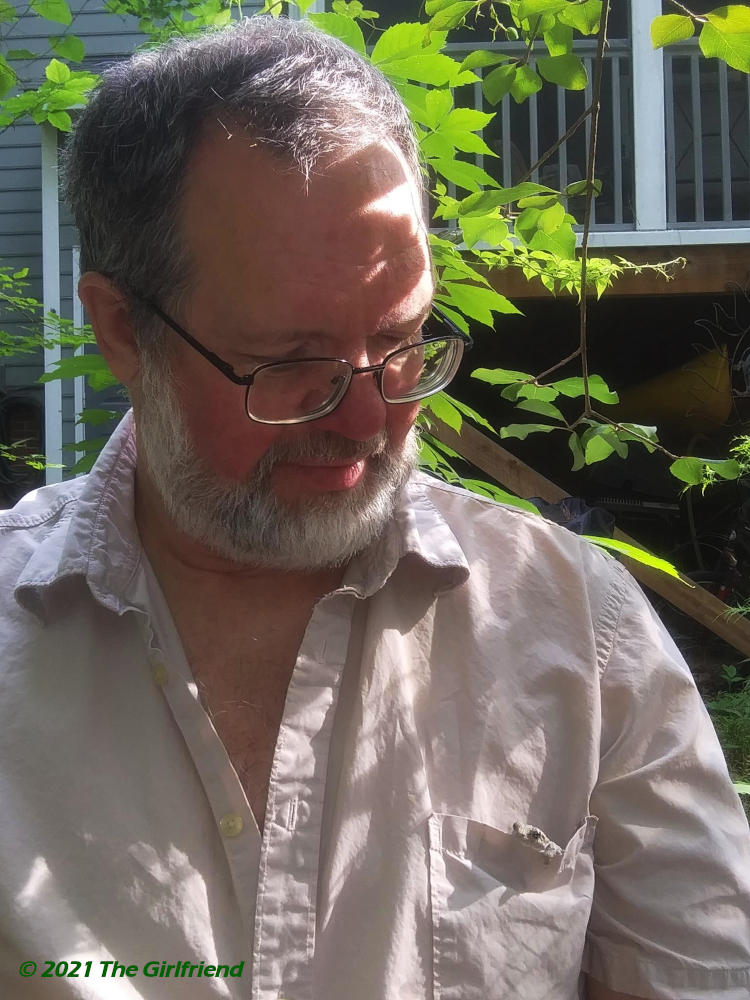

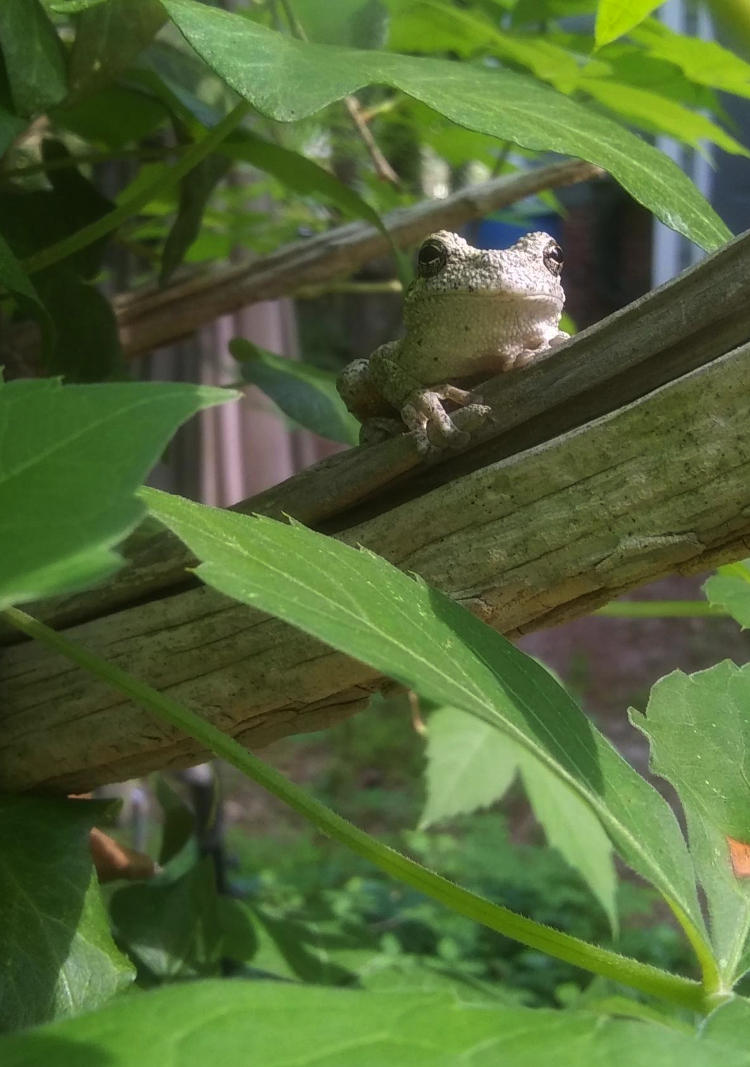




















































 [We’re back out at the beach again.] After the day of rain, we got a little better weather and a nice sunset, still with some high clouds to catch the colors, which in hindsight explains why I didn’t find something sooner – I’d been chiding myself for not paying attention, because I was aware of the moon phases for the trip and the new (dark) moon had fallen just two days before. So when taking the set of photos like the one here, I never looked around for the crescent moon like I thought I should’ve, but on reviewing the photos by date I realized I never would have seen it anyway, following behind the sun by roughly an hour. On stepping out a bit later as the last of the twilight was fading over the sound, I found the deep orange crescent, colored by the same conditions that made the sunset, riding low on the horizon, less than 15 minutes from disappearing behind the trees. I quickly got the tripod and the long lens and set about capturing the sharpest image that I could.
[We’re back out at the beach again.] After the day of rain, we got a little better weather and a nice sunset, still with some high clouds to catch the colors, which in hindsight explains why I didn’t find something sooner – I’d been chiding myself for not paying attention, because I was aware of the moon phases for the trip and the new (dark) moon had fallen just two days before. So when taking the set of photos like the one here, I never looked around for the crescent moon like I thought I should’ve, but on reviewing the photos by date I realized I never would have seen it anyway, following behind the sun by roughly an hour. On stepping out a bit later as the last of the twilight was fading over the sound, I found the deep orange crescent, colored by the same conditions that made the sunset, riding low on the horizon, less than 15 minutes from disappearing behind the trees. I quickly got the tripod and the long lens and set about capturing the sharpest image that I could.


